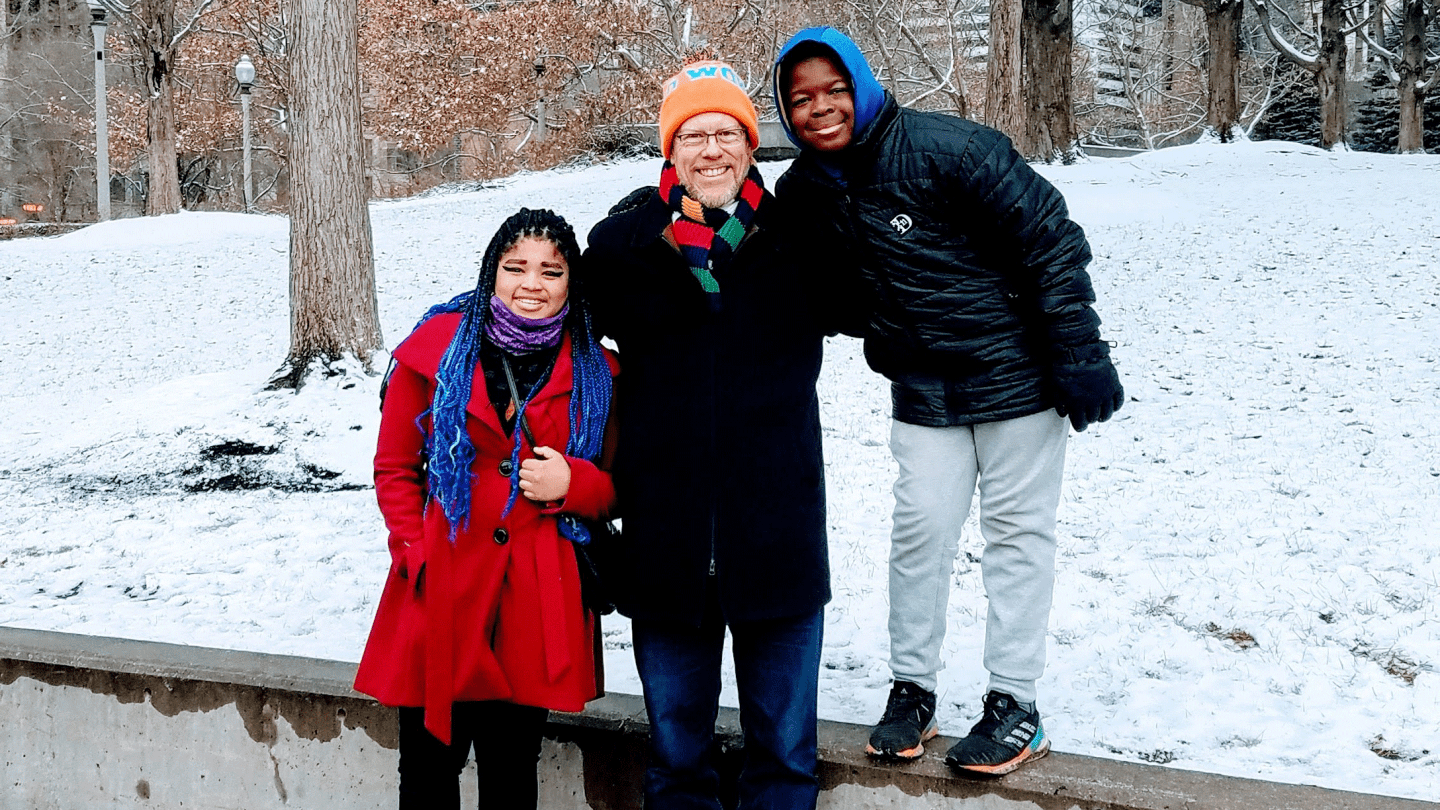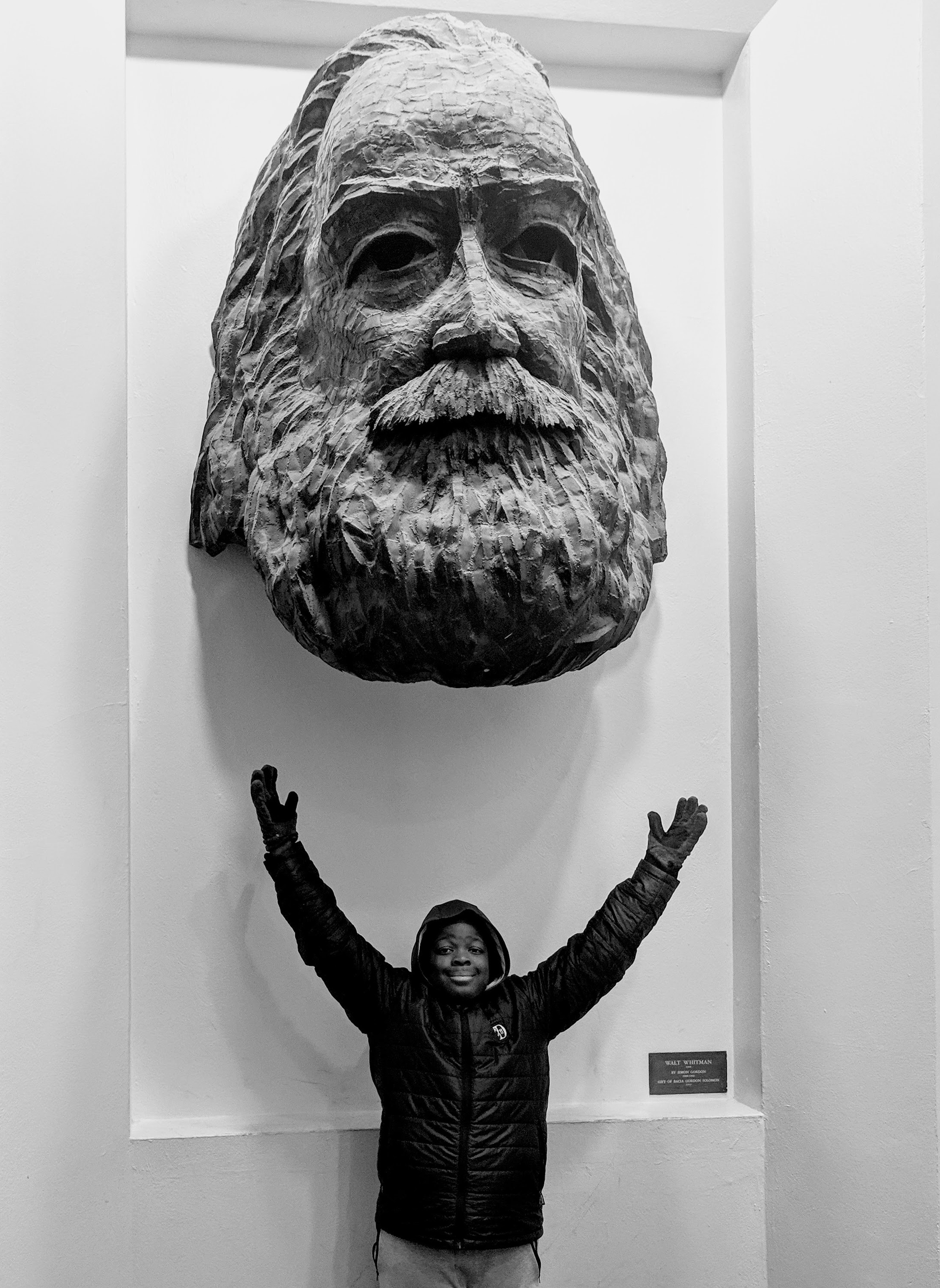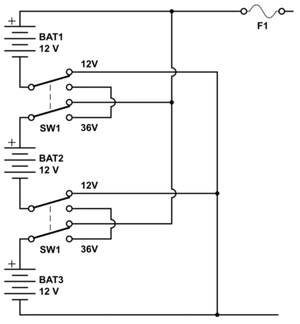
Note: This article first appeared in Popula on March 28, 2019.
Approaching 50, I went a little bonkers. I grew a beard, started waking up early in the morning to meditate, got into long email and phone conversations with a couple of spiritually-inclined friends, and started going to weekly meetings with a group of Buddhists. Then, about six months ago, under the influence of the Buddhists, I stopped drinking.
The prohibition on drinking is one of the five precepts for lay Buddhists, and it encompasses all intoxicants. Rephrased by Zen teacher Thich Nhat Hanh as the Five Mindfulness Trainings, the precepts have a more positive, gentler spin, with “no intoxicants” becoming a broader commitment to nourish the body and safeguard health by consuming things (including entertainment and news media!) more mindfully. After some initial reluctance, I realized that the Buddha might have had a point: The alcohol I drank every night wasn’t making it any easier to meditate mindfully the next morning. So I decided to give sobriety a go.
As midlife crises go, this was all pretty tame, to the relief of my wife and kids. I wasn’t buying a bright red convertible, visiting a dominatrix on the sly, or quitting my job and applying to culinary school. And it turns out that not drinking and daily meditation have done me some real good. I’m happier, in general: I’m more aware of my moods, both up and down, but the baseline is higher. Not drinking has made me calmer and more energetic, and I lost about five pounds of beer weight.
But there was one thing about going sober that concerned me, and that was the holiday visit home to Ohio. My recent lifestyle change meant I wouldn’t be able participate in one of the central cultural rituals of my family: Consuming alcohol.
While we drink, a major topic of conversation is what we are drinking, mostly wine and its various provenances and vintages, but also scotch, bourbon, vintage port, Tom & Jerrys, hot toddies, and various craft beers. This is a tradition that goes back several generations, and I didn’t relinquish it lightly.
So I went back to Ohio, where I found myself on the edge of the family dinner conversations, drinking from a wine glass filled with Pamplemousse La Croix, and not really having much to say about which type of wine glass was most appropriate to a Burgundy or a Malbec; how Petite Sirah, Syrah, and Shiraz relate to one another; or what the flavor differences are between vintage port and vintage-style port. I mean, I still have opinions on these things, I guess, and it is a basic form of bonding to do a group play-by-play commentary on a shared experience as it happens. But here’s the problem: I wasn’t sharing in the experience, and anyway my opinions on booze are increasingly disconnected from my reality, like my opinions on lunar eclipses, moderate Republicans, or Los Angeles: things I know exist, but of which I have no recent, first-hand experience. It wasn’t the most relaxing visit ever.

Fortunately, my wife, the kids, and I had planned a short stopover in Chicago after the four days in Ohio. This provided a nuclear-family respite from extended-family drama before we returned home to San Francisco. After a day of exposing ourselves to Chicago’s winter winds, the Field Museum, the University of Chicago, and some Chicago-style pizza, I was already feeling better.
In the late afternoon we went to the Chicago Athletic Association, where there’s a rooftop restaurant and bar called Cindy’s, for a pre-dinner drink. Not eager to join the kids in drinking a Shirley Temple or a Roy Rogers, I opted for a Cold Brew and Tonic.
This drink woke me up. Its bitter tonic and coffee flavors blended in a way that pleased my excitement-starved palate. The shot of sugar and caffeine didn’t hurt, either.
As we gazed out at the glittering apron of the city and the cold steel-colored surface of Lake Michigan from the rooftop deck, I realized I was happier than I had been in months. The anger, frustration, and anxiety that for years had been my excuse for drinking were nowhere in sight. All that mattered was the four of us, enjoying the view, with nothing that needed doing except taking a few selfies and staying out of the wind for a little while. Tomorrow there would be ice skating, and exploring, and just enough snow to make snowballs. For now — in this moment — the roof, the view, and the fire were enough.

The CB&T is a grown-up nonalcoholic drink that comes close to the complexity and in-your-face aggressiveness of an alcoholic cocktail.
First there’s the tonic, which already the most flavor-forward of all the mixers. Tonic water’s quinine astringency is more than half the fun of a gin and tonic, and it is good to know that you can ask a bartender for a tonic and lime over ice and that it makes a decent sipping drink when there’s no good nonalcoholic alternative. But the CB&T takes tonic water to a whole different level.
The other key ingredient is cold-brew coffee; Cindy’s uses Kyoto Black. A Chicago local, Justin Doggett, makes this intense decoction, with a painstakingly slow process involving laboratory glassware and ice water. It’s pricey, at $40 for 1.5 liters (it comes in a beverage bag with a plastic spout on the bottom, like what you find inside a box of wine). But that’s about what you’d pay for a good bottle of liquor, and Kyoto Black’s flavor profile is not unlike that of a scotch or a dark rum. Back home, I’ve experimented with other cold brews, including home-made, and they work, too, so long as they are good and strong.
Mix the two in a glass over ice, about two parts tonic to one of coffee. It foams up in the same way a root-beer float does. Throw in a stick of cinnamon as a twizzler (the cinnamon is key, trust me), stir gently, and finish it with a little spritz from the rind of a lemon.
I asked Justin Doggett about this drink, and he shared an alternative CB&T recipe, which has an even more complex flavor profile thanks to the addition of pomegranate molasses and sugary chai. I prefer the Cindy’s version, but you might like Justin’s, which is sweeter.
Who knows — maybe someday we can sit around over a CB&T or two, discussing the finer points of these recipes, their competing ingredients, and which kind of glass is most appropriate to drinking each one.
Just don’t drink too many, or you really will be awake — wide awake — all night. You (and your family) can only handle so much enlightenment at any one time.
Cold Brew & Tonic (inspired by Cindy’s)
5 oz. Fever Tree tonic water
2.5 oz. Kyoto Black or other strong cold brew
Cinnamon stick
Garnish with a spritz of citrus oil from a lemon peel (and optionally add the twist to the drink)
Cold Brew & Tonic (via Justin Doggett)
0.5 oz. Pomegranate Molasses (Vendor: Rare Tea Cellar)
0.75 oz. Chai Spice Simple Syrup (Strong Chai Concentrate mixed with equal parts sugar)
4 oz. East Imperial ‘Red Label’ Tonic
2.5 oz. Kyoto Black Cold Brew – Black Label Justin adds: “The main points we like to cover are to use crisp, flavorful tonics, East Imperial in this case, and to add the coffee last so the mixture does not get too foamy.”


